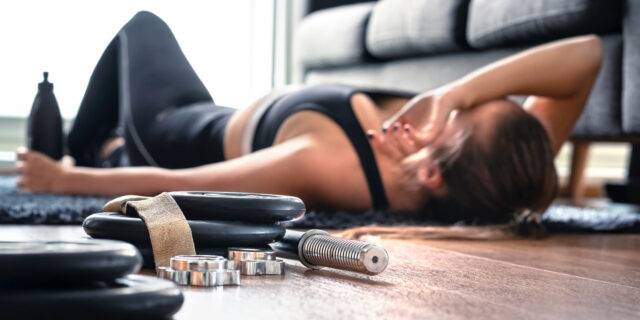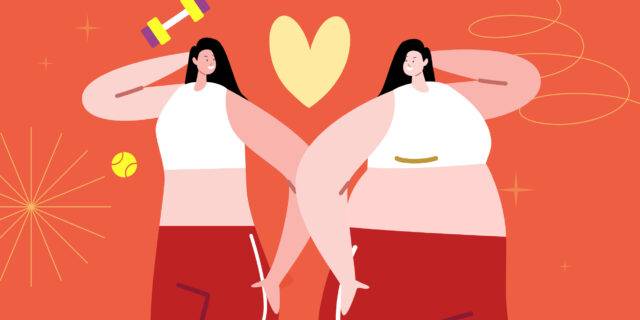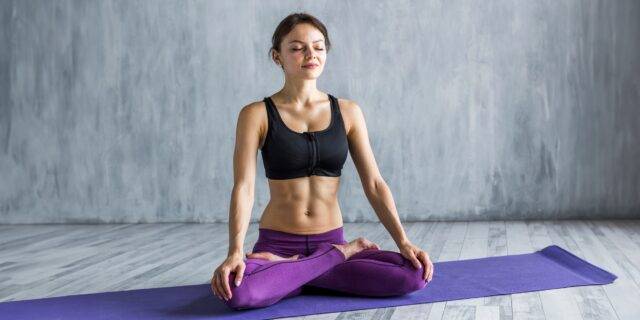Many people think muscle soreness is a prerequisite for muscle growth. The scheme is simple: muscle fibers get damaged, the body speeds up protein synthesis to repair them, and at the same time builds a little more to protect itself from the subsequent stress.
Repeated muscle contractions during exercise cause mechanical tension. It triggers the process of adaptation of the body to the load – it gives a signal to complete the fibers. The more tension is created, the more stimulus for growth the body will have.
After damage in humans, protein turnover is stimulated: both production and breakdown. It is believed that this helps to build muscle fibers. However, there is an opposite point of view: protein turnover is increased not to build up muscle fibers, but to repair the damage.





